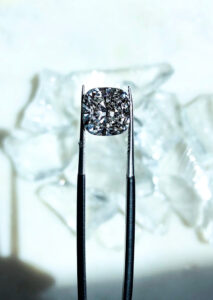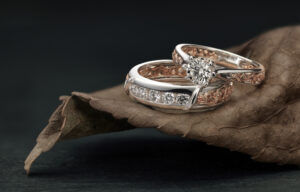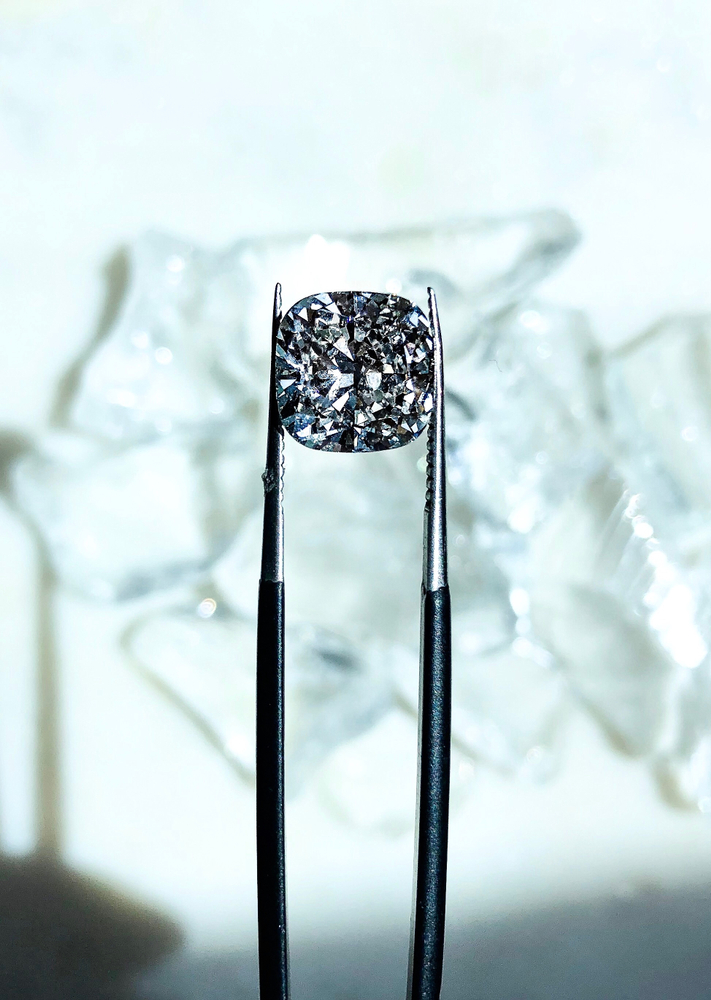
The preferred gemstone for an engagement ring has historically been a diamond. You can choose from popular jewelry metals including platinum, rose gold, white gold, and yellow gold for your band. Additionally, their hues can alter the way jewelry looks and alter how gemstones’ colors are highlighted in rings. Let’s examine how and why now.
Yellow gold
It is timeless. Since ancient times, it has been included in jewelry. It is captivating due to its color, rarity, and luster (the way a material’s surface appears when illuminated by reflected light). Due to its softness, pure gold is frequently alloyed with other metals. Gold-rich metals have a deeper color, are heavier, softer (somewhat more sensitive to minor scratches), and are more expensive.
Rose gold
It has long been a well-liked choice. During the Retro era, it was frequently used in engagement rings (1935 to the 1950s). It typically has a warm, rosy tone from the alloying of gold with copper and silver.
White gold
Pure gold is alloyed with white metals like nickel or palladium among others to create white gold. It makes a lovely and sturdy option for engagement rings. Rhodium, a member of the platinum group of metals, is frequently used to plate white gold to make it appear whiter. Over time, this may deteriorate. Replating is usually necessary for white gold jewelry to prevent the somewhat yellowish white gold beneath from being visible.
Platinum
The most expensive jewelry is made from platinum, which is the finest precious metal available and is typically alloyed to a purity of 95%. Particularly when alloyed with ruthenium, platinum has an extremely dazzling and white sheen. Although platinum typically costs more than gold, it is also more enduring and hypoallergenic.
How metal color affects gemstone color

For diamonds graded in the colorless to near-colorless ranges, white gold and platinum are suitable options since they emphasize the diamond’s colorlessness. The diamond reflects the metal’s color all across. A colorless diamond may appear more yellowish after being set with yellow prongs. Lower color grade diamonds, colored diamonds, and colored stones typically benefit from gold and rose gold settings because they can enhance the color of the gemstones. White gold or platinum setting, on the other hand, could inadvertently highlight the color of the stone if you have a diamond with a distinctly yellow or brownish hue due to contrast.
The proper metal must be chosen because it will hold the diamond and form the base of your engagement ring. So, once you are familiar with the fundamental ring metals, choosing the metal for your diamond will be relatively simple.
